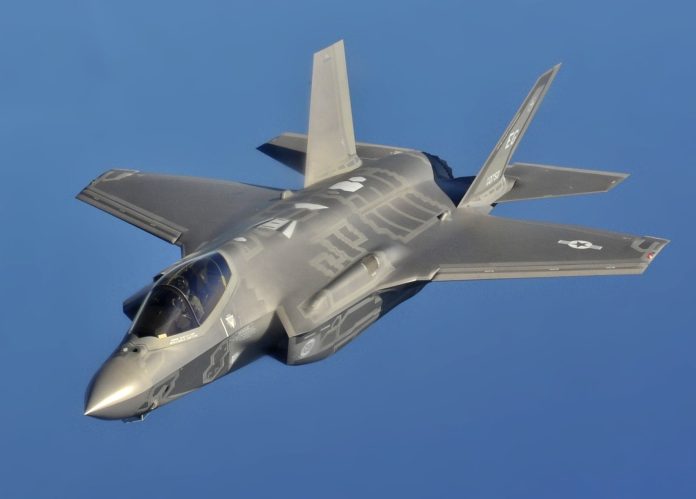
The Government Accountability Office (GAO) released a report detailing significant delays in the F-35 Joint Strike Fighter program, which will extend the backlog in delivery by approximately a year.

The primary cause of these delays is the implementation of the Technology Refresh 3 (TR-3) upgrade, a $1.8 billion initiative designed to enhance computing power and support the upcoming Block 4 suite of upgrades.
.jpg)
The GAO’s findings articulate that the Defense Contract Management Agency and Lockheed Martin, the prime contractor for the F-35, have been working in tandem to deliver roughly 13 new F-35 stealth fighters monthly.
.jpg)
However, TR-3’s software validation delay since July 2023 has disrupted this flow, necessitating plans to expedite production to an average of 20 jets a month to clear the backlog, which includes jets sitting idle at Lockheed’s facilities.
.jpg)
“Even at this faster rate, delivering the parked aircraft will take about a year once TR-3 software has been completed and certified,” the GAO report stipulates.
.jpg)
Lockheed Martin has attested to having “the necessary secure infrastructure and capacity to park all aircraft until they are ready for delivery,” though they refrained from elaboration on the specifics, citing security concerns. The delay, as flagged by Lockheed executives, could lead to 100 to 120 jets being undelivered by year-end if TR-3 issues persist.
.jpg)
Delays associated with TR-3’s integrated core processor supplied by L3Harris have not only halted deliveries of new jets but also impeded retrofit plans.

L3Harris has addressed these challenges, asserting an increased development program requirement as the cause of the initial production ramp delay. They maintain commitment to their delivery ramp-up, with the GAO expecting recovery by December 2024.

The F-35 program has not been bereft of broader production woes. Engine supplier Pratt & Whitney delivered all engines late in 2023, a pattern mitigated by a buffer pool of powerplants that forestalled production impacts.

Nevertheless, Lockheed Martin delivered 91 percent of its aircraft late that same year, with TR-3 difficulties, supply chain issues, and manufacturing challenges contributing to this unwelcome statistic, marking the highest level of delays in six years, as per GAO data.

On the customer side, the Joint Program Office (JPO) has expressed determination in surmounting these hurdles, prioritizing a “safe, stable, capable, and maintainable TR-3 product.” They remain optimistic about potential TR-3 configured aircraft deliveries, geared for combat training, by late July.

Despite these setbacks, the F-35’s full-rate production milestone, reached in March 2024, remains a significant achievement in its operational life cycle. Even as officials wrestle with the TR-3 induced delays, persistent challenges shadow the program’s advancement.

These include the need for an upgrade to the Power and Thermal Management System (PTMS) to support future combat capabilities, a concern that GAO indicates may realistically be pushed to 2032 from an earlier envisaged 2029.
.jpg)
The uncertainty surrounding the PTMS upgrade could further delay the delivery of the F-35s with the upgraded engines, slated for 2032.

In light of the GAO’s critical findings, actions have been taken at the legislative level. The House Armed Services Committee has proposed reducing the Pentagon’s fiscal 2025 F-35 budget request and conditioning funding for additional jets, with the intent of stabilizing the program.
Relevant articles:
– Persistent Challenges Plague F-35 Program Despite Achieving Full-Rate Production, SOFREP, 05/26/2024
– Air & Space Forces Magazine, Air & Space Forces Magazine, 05/26/2024

